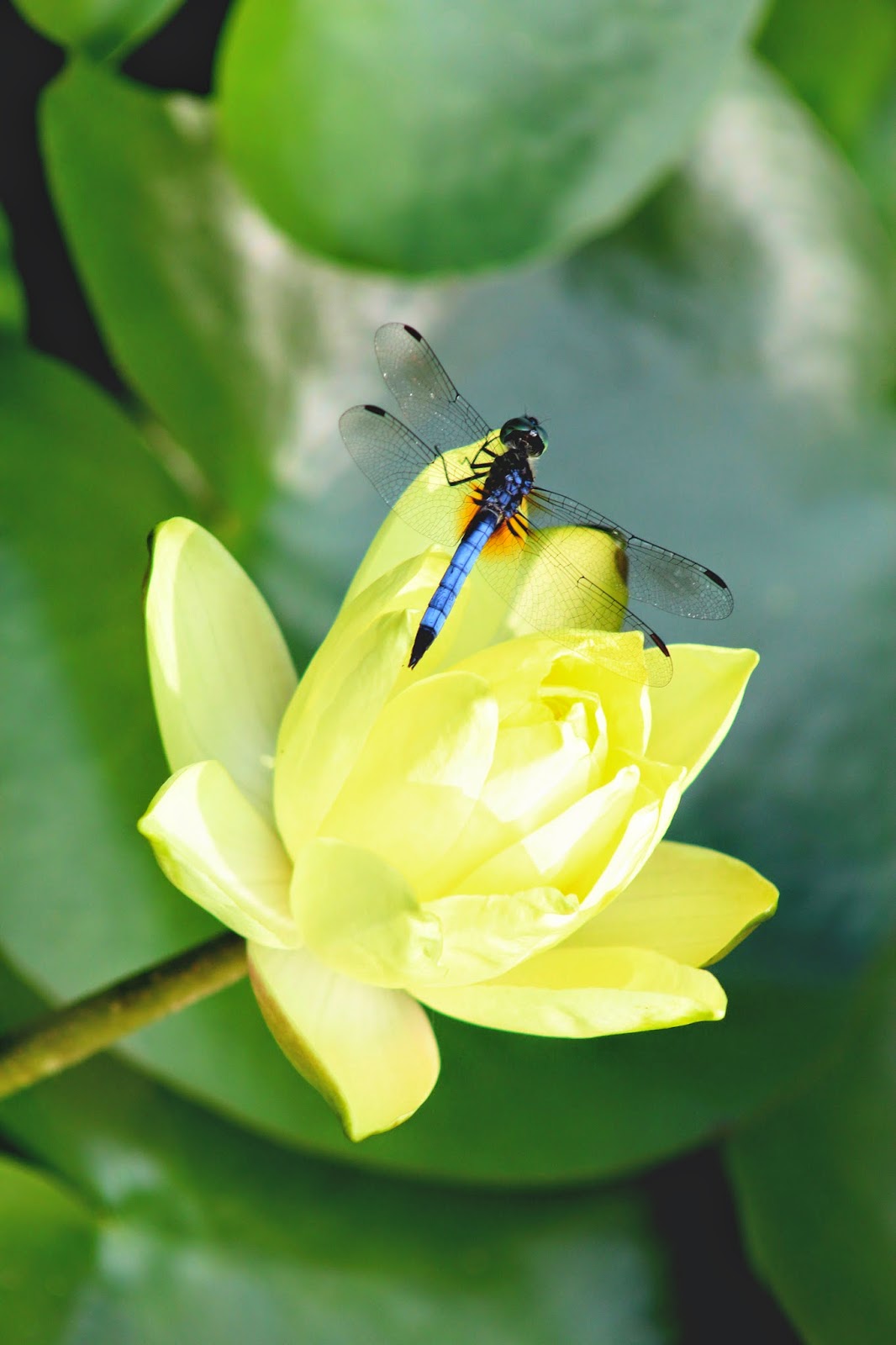1. Which file formats discussed have you used in the past?
I have used JPEG, PNG, and GIF
2. What is the difference between a Raster and a Vector file?
Raster-where the data describes the characteristics of each individual pixel. Vector- contain a geometric description which can be rendered smoothly at any desired display size.
At some point, vector files must be rastered to be displayed on digital monitors.
The most common file formats we will use in class are .jpeg, .tiff, .psd, and either .dng (Canon) or .nef (Nikon)
Look up each and answer the following questions for each:
1. Is this format lossy or lossless?
2. What are common uses for each? By this I mean where would I publish each of them for the highest quality.
3. Can you create this type of file in your camera?
.jpeg- lossy
most often used to display on the internet
nearly every digital camera can save images in the JPEG format.
.tiff- can be both lossy and lossless
not widely supported by the web. widely accepted as a photograph file in the printing business.
some cameras can save images in .tiff
.psd- lossy
can be exported to other Adobe apps to create dvds and backgrounds, textures, for tv, film, and the web, magazines
cannot be created within a camera
.dng- lossless raw image format
yes you can create this in your camera to produce raw format images




























